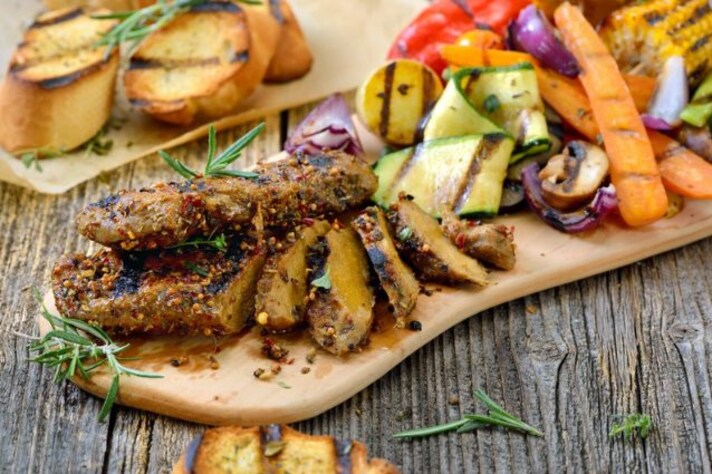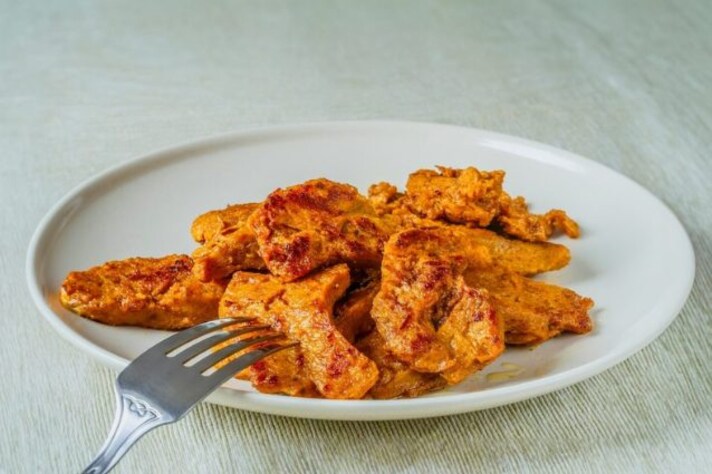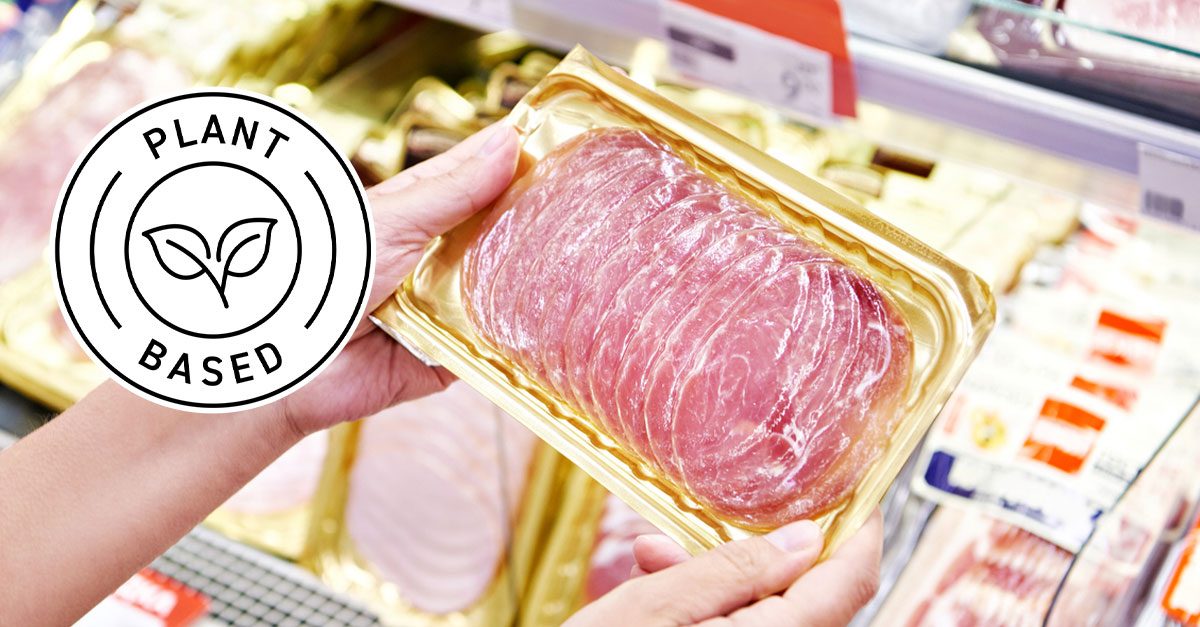What is Seitan and How Can You Use It?
Highly proteinaceous, entirely vegetal, extremely versatile in the kitchen: it is no coincidence that seitan is one of the most loved foods in vegetarian and vegan cuisine. In fact, it is a valid vegetal substitute for meat, precisely because it is very rich in vegetal proteins, and you can also prepare it at home.

With the ever-increasing spread of vegan and vegetarian cuisines, you may have become familiar with some typical foods of this type of diet, such as tofu. But perhaps you still aren't very familiar with seitan, another product of completely plant-based origin that you could include in your diet even if you don't follow a plant-based diet. In fact, it is a highly protein-rich plant-based food, which is why it is usually used by vegetarians and vegans as a meat substitute, low in fat and cholesterol-free, obtained from the gluten of soft wheat or other cereals. And not only that: it is also very versatile in the kitchen.
Today seitan is easily found on sale, ready-made, in well-stocked supermarkets, herbalist's shops and organic food stores, but perhaps you don't know that you can also prepare it at home with two methods, one more traditional and one quicker. Here's what it is, how to prepare it and what are its uses in the kitchen.
What is Seitan?
Seitan is a completely vegetal food that is obtained by extracting the gluten of soft wheat, spelt or khorasan, which is then kneaded and boiled in water flavored with various aromas, soy sauce and kombu seaweed. The result is a compact product, with a delicate flavor and a soft and elastic consistency due to the strong presence of gluten.
Seitan contains a high concentration of vegetable proteins (including gliadin and glutenin), which is why it is considered one of the best alternatives to traditional animal protein sources, first and foremost meat. It also has the advantage of having a lower amount of fat than meat and not having harmful saturated fats, while in terms of calories the two products are more or less equivalent.

Eating seitan has no particular contraindications, but it is strongly discouraged for those who suffer from gluten allergies or intolerances and those who have diabetes -related problems , since it is a concentrate of gluten which, in these cases, can be harmful.
How to Prepare Seitan at Home
Today, buying seitan is very easy, but if you don't have time to go to the store or if you want to experiment with DIY recipes, you can try preparing it at home. You have two methods available, one more traditional and one less classic but faster.
The traditional method involves extracting gluten from wheat, a simpler practice than it may seem. You have to start with wheat flour and proceed in stages: first, mix the wheat flour with salt and water obtained from a sort of broth previously prepared by bringing to the boil a mix of celery, carrot, parsley, 2 tablespoons of salt, soy sauce and some pieces of kombu seaweed.
After the resting time, wash the dough in a colander under cold running water because this process will separate the starch from the gluten and give it a solid and compact consistency. At this point you can cook the seitan for about 40 minutes and have your ingredient ready for the most varied recipes.

Alternatively, if you are short on time, you can use the quickest preparation method, the one that involves the use of ready-made gluten flour, which you will mix with the white flour. In this case, you will have to use the same process described above, so you will have to prepare the flavored broth and use it to knead the flour; remember that the water for the dough must be the same quantity as the flour used. Then knead the gluten giving it the shape you prefer. The seitan, prepared in this way, can be stored in the broth for 5-6 days.
How to Use it In The Kitchen
Whether you buy seitan or prepare it at home, the result is the same: the food is an excellent base for a very varied quantity of recipes of all types. Thanks to its dense and full-bodied consistency, it can be used, first of all, just like meat: you can use it to mix vegan burgers , you can cook it as a stew, roast, you can make ragù, meatballs or meatloaf, you can bread it and obtain excellent cutlets.
Seitan is also good as an ingredient on its own, so you can add it to mixed salads, you can slice it and serve it as is, or you can grill it or fry it. Just like meat, this food is also very good as a filling, for example for lasagna and cannelloni, or it can be used as a condiment for pasta and risotto, or prepared with different sauces, for example pizzaiola, tuna or curry.

Which is Best For You: Seitan or Tofu?
When it comes to the tofu vs. seitan showdown, it really depends on your goals. Tofu, made from soybeans, is a complete protein and packs in a good dose of iron and calcium, making it a plant-based powerhouse for those aiming to boost nutrition. Seitan, on the other hand, is made from wheat gluten and has a meatier texture, perfect for those craving that chewy bite. However, while it’s high in protein, seitan isn’t a complete protein, and—sorry to burst your bubble—it’s not great for the gluten intolerant. Is it highly processed? Yes, seitan does go through more processing compared to tofu, but it’s not in the same league as your favorite junk foods. So, if you’re looking for a more minimally processed option, tofu’s your best bet. But if you're after texture and don't mind the gluten, seitan wins the chew-off!
;Resize,width=767;)
;Resize,width=712;)
;Resize,width=712;)

